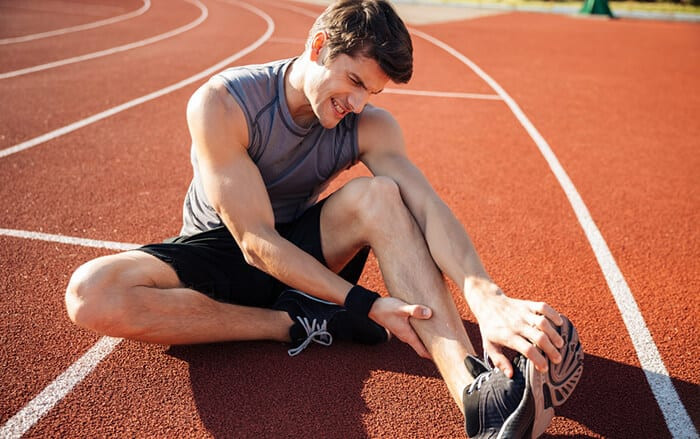For seasoned runners and novices alike, cramps during a marathon are an unfortunate yet familiar experience. From the common stitches plaguing newcomers to full-body spasms encountered in endurance challenges, cramping remains an unwelcome companion throughout the running journey. Experience the perfect blend of agility and support with Tarkine Trail Devil shoes, crafted for those who demand excellence in every run.
Among the myriad complaints, one stands out prominently—cramping often strikes around the critical mile-20 mark, thwarting the aspirations of many marathoners aiming for personal bests. Understanding this phenomenon and how to mitigate its impact becomes pivotal for runners.
Exploring the Mysteries of Cramping
Describing cramps as small, localized spasms within specific muscles, Jim Pate, a senior physiologist at Marylebone Health, elucidates the discomfort: a contraction that lingers, forming knots and causing tenderness upon touch.
Diverse origins trigger cramps. Conditions like the rare HANAC syndrome, characterized by blood vessel disorders, often induce muscle cramps from an early age. Nocturnal leg cramps, occurring during rest, stem from multiple causes, including daytime inactivity, pregnancy, and various medical conditions.

The exact physiological conditions leading to these cramps remain elusive. Theories revolve around dehydration and electrolyte imbalances or the ‘neuromuscular’ concept, attributing cramps to muscle overload or intense exercise beyond an individual’s conditioning.
Jim Pate suggests a balanced perspective, indicating a possible link between volumetric overload, fatigue, and environmental conditions, especially heat, elevating an athlete’s intensity beyond their usual threshold.
Navigating Prevention Strategies
While no single cause dominates, several preventive measures can minimize cramp occurrences. Gary House, a running coach, emphasizes conditioning, suggesting that gradual training buildup over months and years can alleviate cramping issues.
Strengthening specific muscle groups through targeted exercises like weight and plyometrics could enhance endurance and reduce the risk of cramps, according to House and Parker’s shared sentiment.
View this post on Instagram
Addressing the hydration/electrolyte theory, Parker suggests supplementing sodium before, during, and after exercise, especially in unfamiliar hot conditions, as a potentially beneficial preventive measure.
For persistent concerns, consulting a sports doctor or physiotherapist becomes imperative, as certain cramps might not solely be related to long-duration exercise.
Managing Cramps During Marathons
Dealing with cramps during a marathon involves assessing their severity and context. While pushing through to the finish line might suffice for a personal best, it’s crucial to prioritize bodily cues to avert long-term issues.
Stretching and massaging the affected muscles can alleviate cramps, although caution against risking injury during training is advised by Parker.
Jim Pate suggests refueling with carbohydrates to counteract fatigue-induced cramps, emphasizing the importance of proper fueling strategies during high-intensity activity.
In essence, unraveling the complex nature of cramps remains a work in progress. Employing a mix of strategies, understanding bodily cues, and seeking specialized guidance form the pillars of effective management and prevention in the world of marathon running.